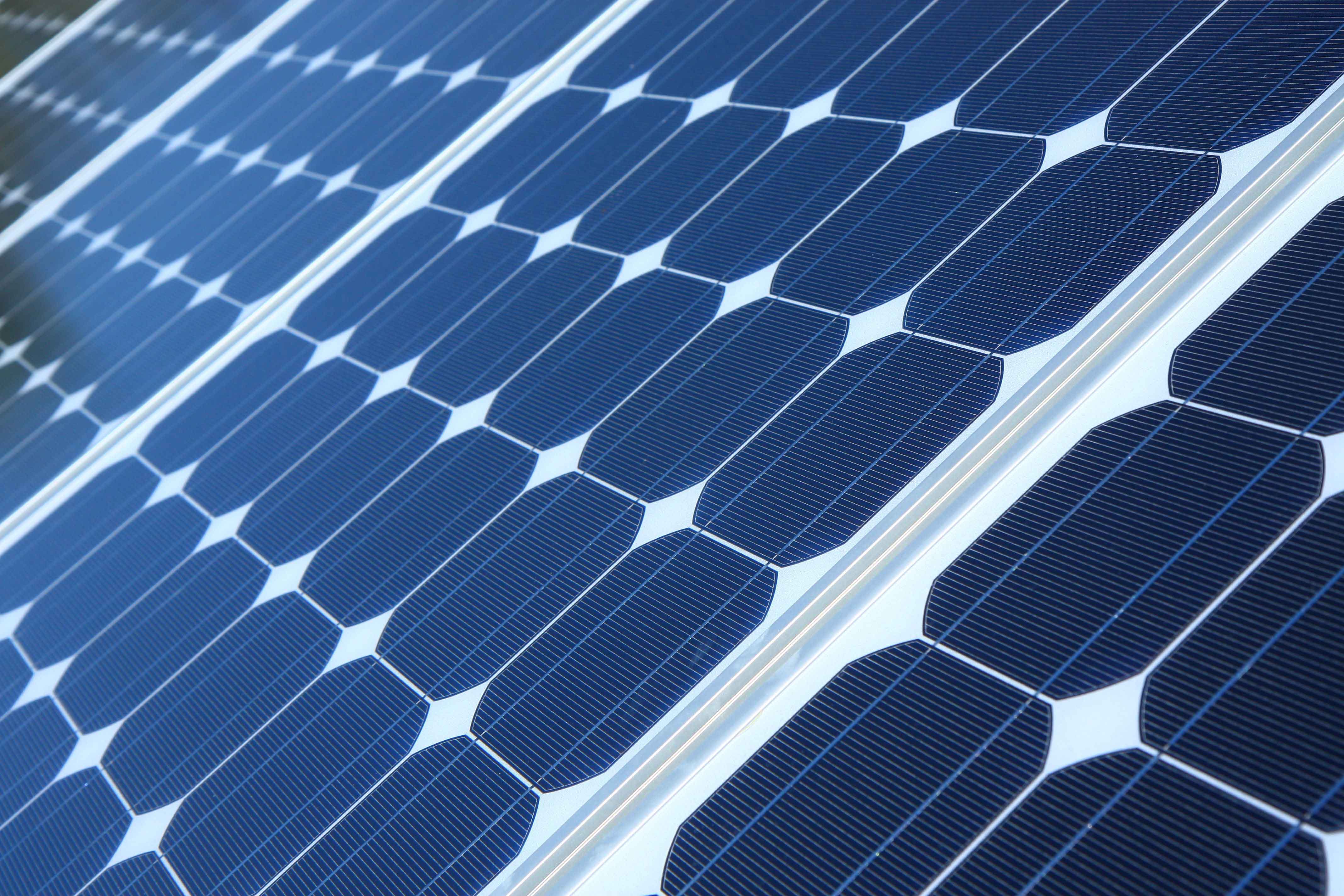
Can all homes in one neighbourhood be transformed into zero-carbon homes, using solar energy and home solar batteries? What does this require in terms of technology and balancing income with expenses? A consortium comprised of public- and private-sector organisations – including ICT Group, Enexis, University of Twente, Enpuls, Endona, Buurkracht, and Dr Ten, a manufacturer of sea salt batteries – is working on developing both the technology and the business case for this project.
In the Veldegge section of the town of Heeten in the Dutch province of Overijssel, a total of 48 homes are currently connected to a single transformer house. The families residing in this neighbourhood are exceptionally energyconscious: many of the homes are fitted with solar panels, and the residents have joined the Buurkracht initiative, through which local communities invest in solar energy together. The community initiative attracted the interest of grid operator Enexis, which regards the neighbourhood as a perfect testing ground to see what it takes to get an entire neighbourhood ‘off the grid’. Based on previous positive experiences with ICT Group and the EnergyNXT platform, Enexis asked ICT Group to join the project as a partner. “Our role is to integrate the various technologies and to supply our EnergyNXT platform. We see this as an excellent opportunity to learn what it really takes to make an entire neighbourhood selfsufficient in terms of energy,” says Senior Business Consultant Marten van der Laan.
“We see this as an excellent opportunity to learn what it really takes to make an entire neighbourhood selfsufficient in terms of energy,”
Increased expertise in technology
The preparations for the project began in 2017, and in late 2018 users will actually start exchanging energy. During the preparatory stage, which takes approximately two years, an investigation was conducted to assess how the various technologies could be used in sync with each other. How does a sea salt battery work, and how do these batteries differ from lithium or lead-acid batteries? What are some of the factors to consider when connecting a sea salt battery to the solar panels, and how does this affect the grid connection? How can you set up a system that allows neighbours to supply energy to each other? In which of the 48 homes do the 20 batteries need to be installed? During this transitional stage, ICT Group learned a great deal about the integration of these new technologies. Whereas ICT Group is already highly experienced – through its EnergyNXT platform – in processing data relating to energy generation and consumption within a single home, there was a crucial, additional factor to be considered in this project: the storage of energy in the batteries and redistribution among local homes. It is precisely this community aspect that raises all sorts of new issues, such as: what is the best place to install the batteries if your goal is to minimise grid load? ICT Group has been working closely with the University of Twente in this area. Based on data collected by energyNXT on these families’ energy consumption and generation, the university has calculated the most efficient location for the batteries.
Challenging business case
But the technology is not the only challenge presented by this project: there is also the business case. The Endona energy cooperative played a crucial role in this project: they registered the consortium for the Energy Act Experiments Regulation, which provided a legal framework for generating, distributing and marketing energy in a specific area. However, while this affords users considerable freedom, there are a number of obligations involved as well. For one, the residents are still required to pay energy tax, while initiatives where members of the community operate a windmill or solar farm together are exempt from this tax. Second, the financial benefits for residents will remain low as long as the net-metering regulations are still in place (until 2023). However, this will change for many homes equipped with solar panels once they can no longer net the excess energy produced against the energy consumed. Van der Laan: “That’s why we’re working hard right now to turn the use of sea salt batteries for energy storage into a ready-made product, one which we can provide in collective settings similar to that here in Heeten, anywhere in the Netherlands. As long as homeowners can net the excess energy, the business case for batteries presents a number of challenges. The GridFlex Heeten project therefore considers not only the financial benefits for homeowners, but is also focusing on other areas. A growing number of people are aware of the impact we humans have on the environment, and want to personally contribute to creating a more sustainable world, including by becoming more energy-efficient. For these people, being part of this project is an excellent way to fulfil their green objectives and really ‘do their bit,’ as they say.”
Portal for all residents
The preliminary process is nearly completed at this stage. Based on models developed by the University of Twente, an assessment was made to see in which homes the sea salt batteries would be installed. In recent months, all homes were fitted with the EnergyNXT Gateway, a smart box which measures how much energy a home generates and consumes at a specific time and which communicates with the batteries. This ensures that all energy is distributed across the neighbourhood in the most efficient way possible. The amount of energy generated is higher during the day. This energy is stored inside the 20 batteries and is subsequently released at peak times, such as evenings. All homes have access to the energyNXT portal, which displays their individual energy data (generation and consumption). Starting in December, we will also be able to see the collective data and battery-related data. EnergyNXT has optimised energy generation and consumption for the entire neighbourhood, and the financial details have been arranged with the residents. For residents, having access to performance data at the district level is therefore equally important as access to their individual data. In other words, it’s all about the power of the collective!
Whereas some residents have so many solar panels that they are virtually self-sufficient, others have installed only a few panels and some homes generate no energy at all. One of the objectives of the GridFlex Heeten project is to learn how much the energy grid load can be reduced once neighbourhoods become largely self-sufficient. “I’m very curious to see what sort of data we will generate in the future,” Van der Laan says excitedly. “Studies have shown that you can save up to 30 per cent in costs. I’m really keen to find out whether those cost savings will actually materialise.”
What does the EnergyNXT platform look like?
EnergyNXT is an IoT platform developed by ICT Group which makes it easy to import data from solar panels, batteries, energy meters and sensors and analyse them in real-time. Microsoft Azure Cloud is the system of choice for storage and calculations, while EnergyNXT Gateway is used to collect data relating to the energy consumption and generation of homes: this is a small box connected to a smart meter, which shows how much energy is generated and consumed at a specific time. EnergyNXT uses the Universal Smart Energy Framework (USEF), an open standard for energy products, services and solutions, ensuring smooth integration. The purpose is to use standards in order to accelerate the implementation of large-scale energy grids in Europe.
Blog Marten van der Laan
Learn more from Marten’s perspective on the project. Read his blog too!
GridFlex Heeten investigates feasibility of local energy market
Case study
